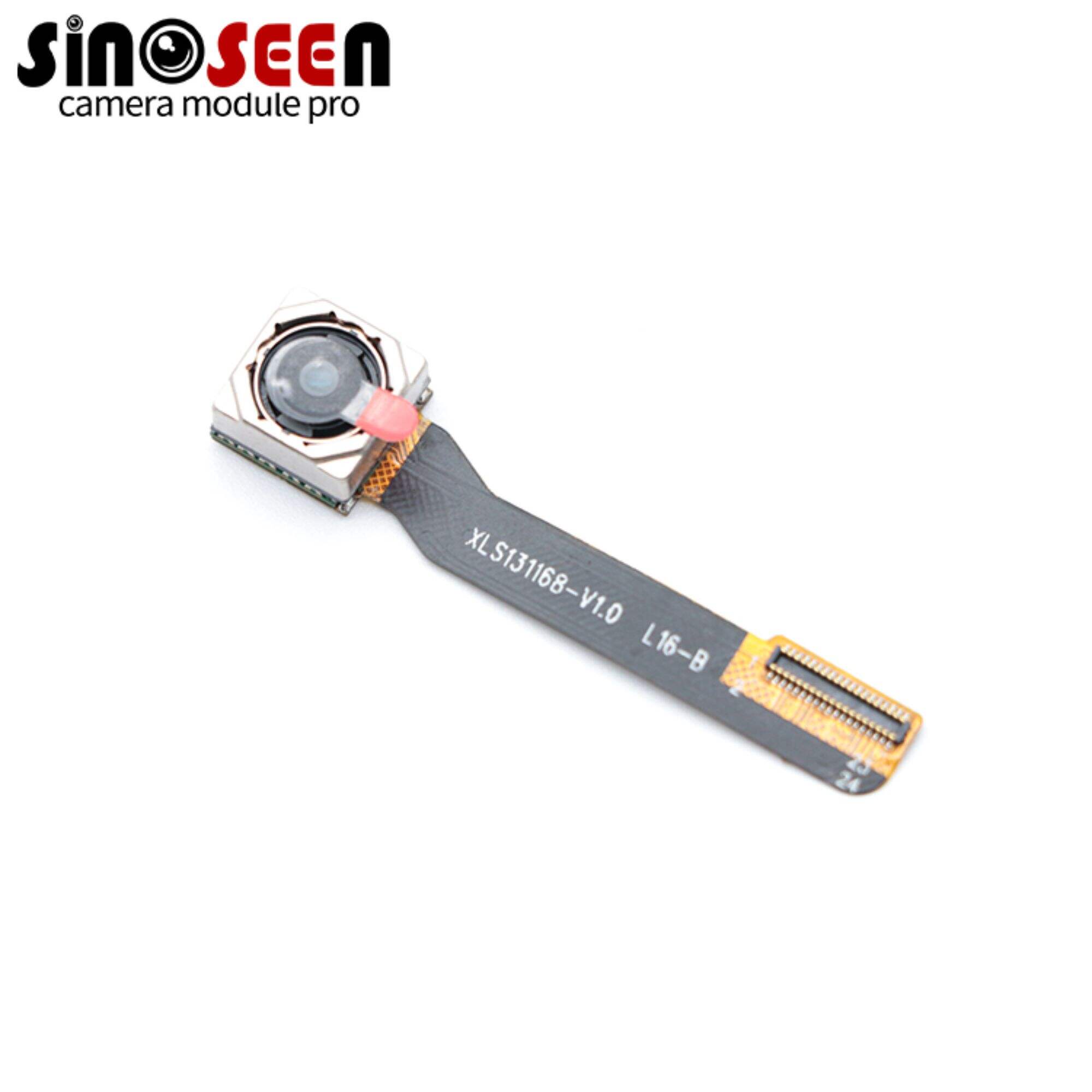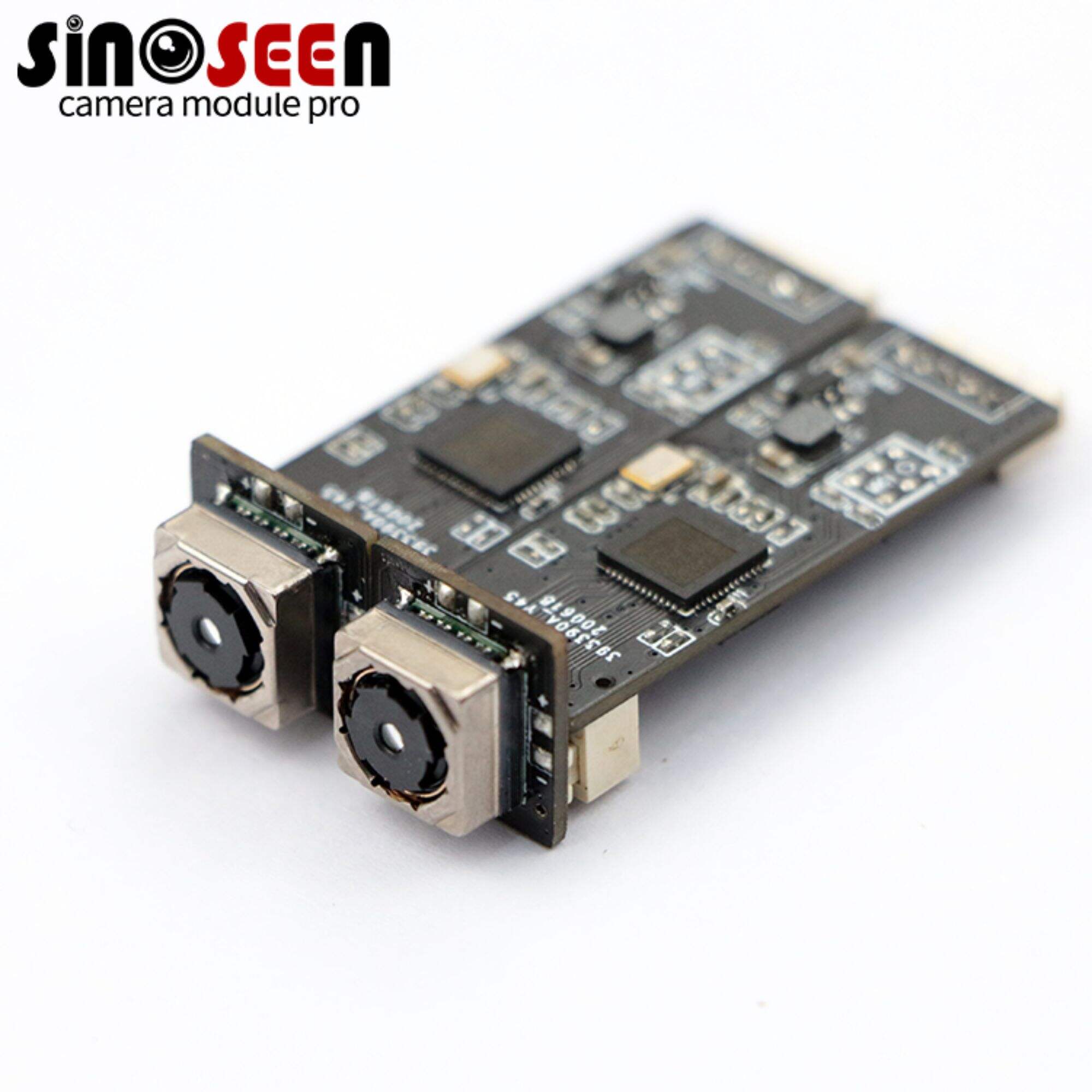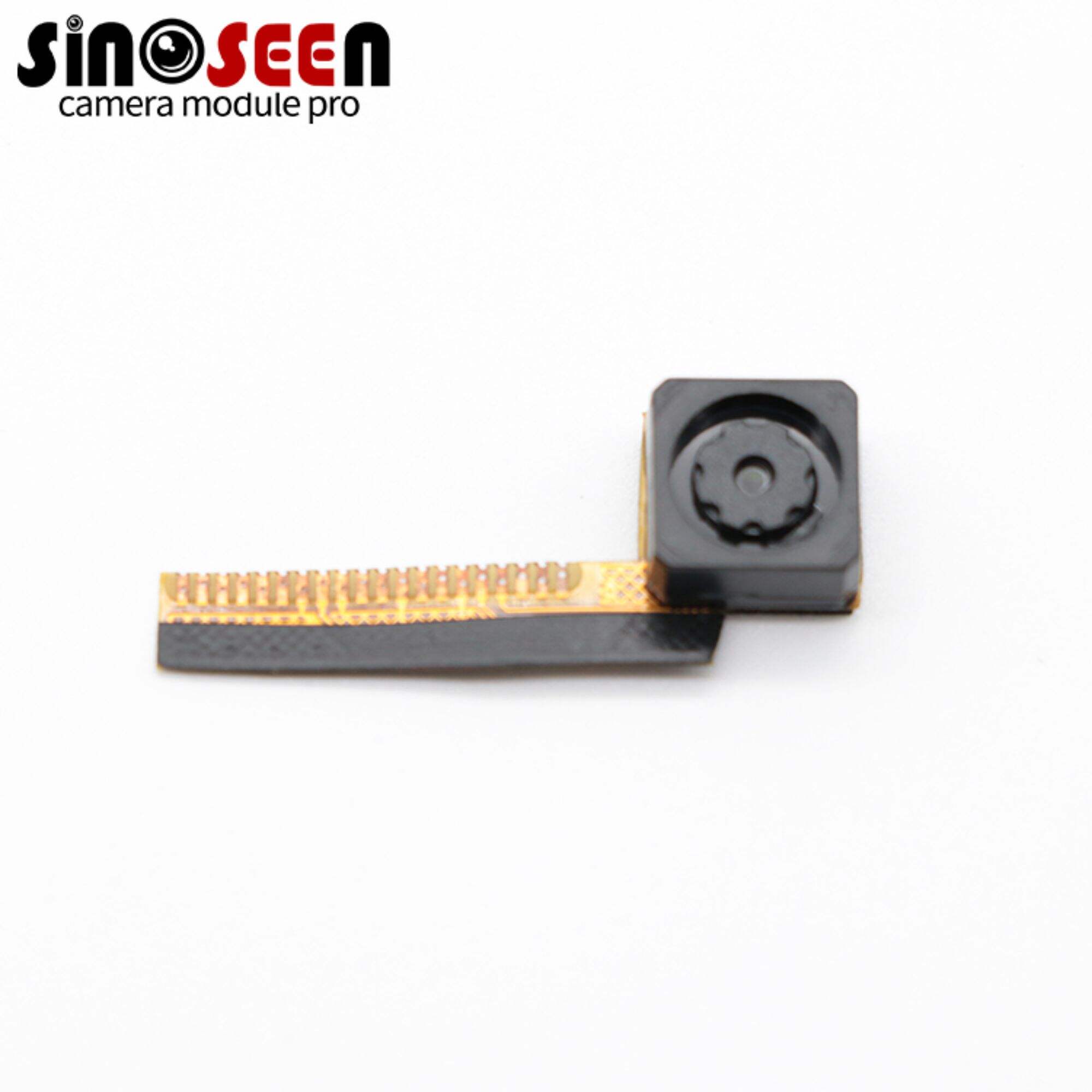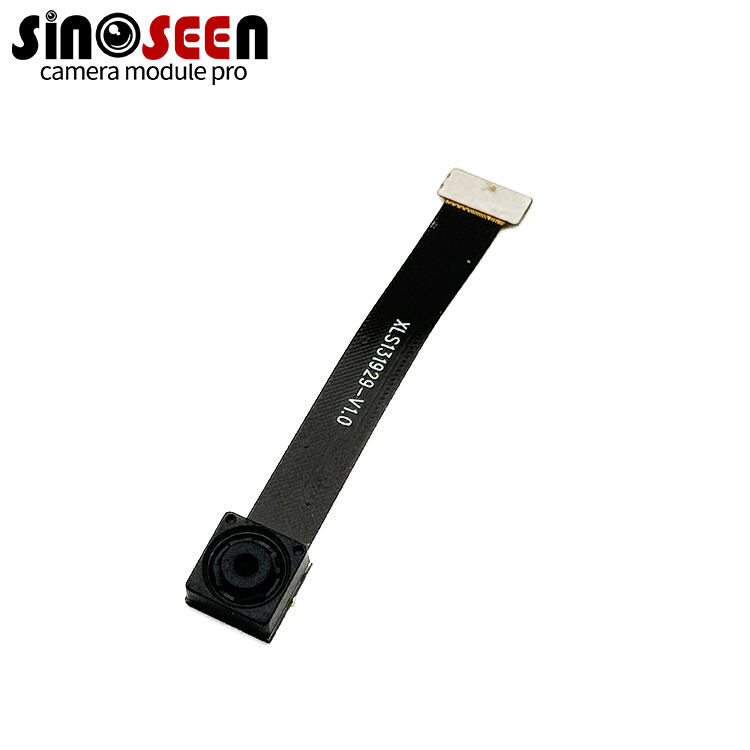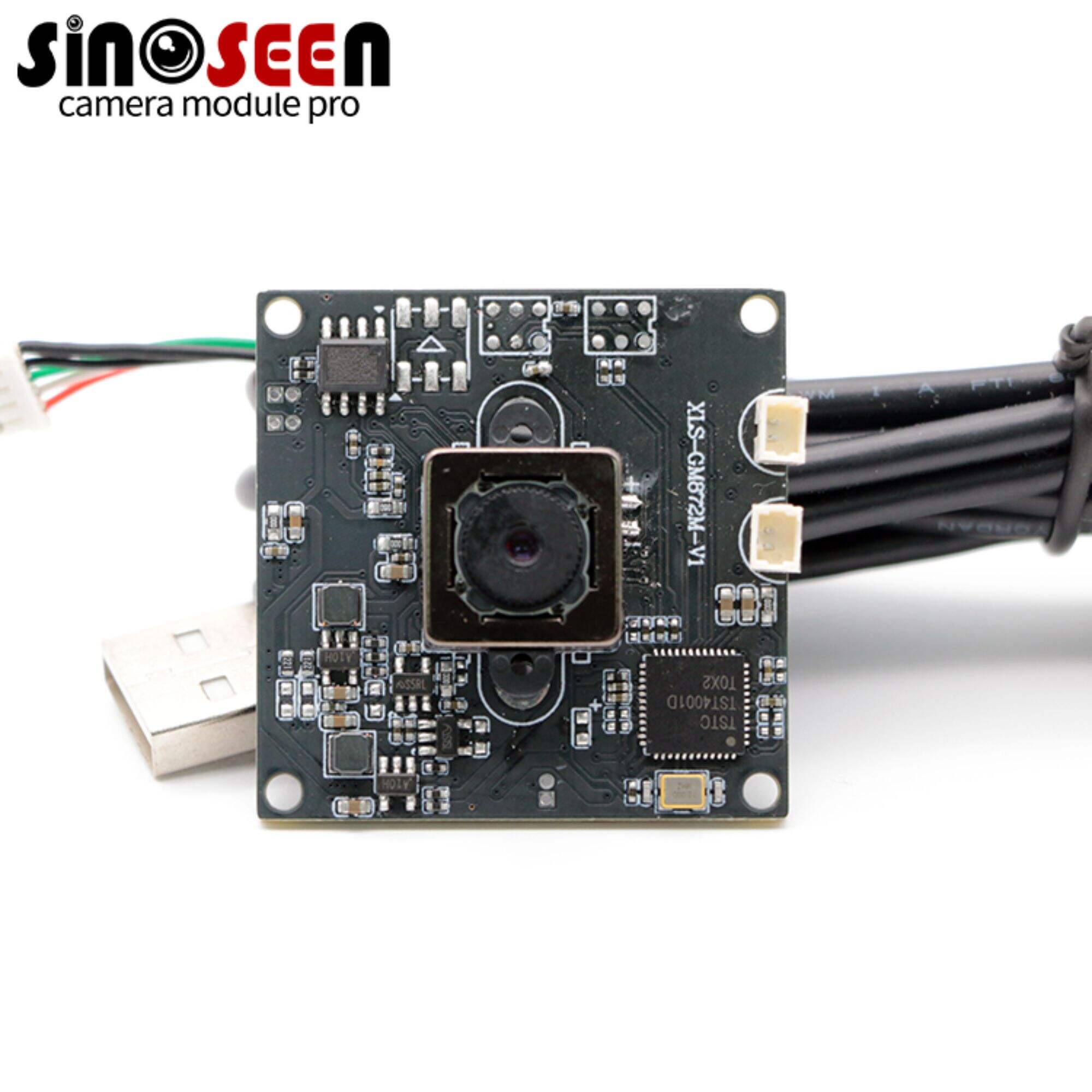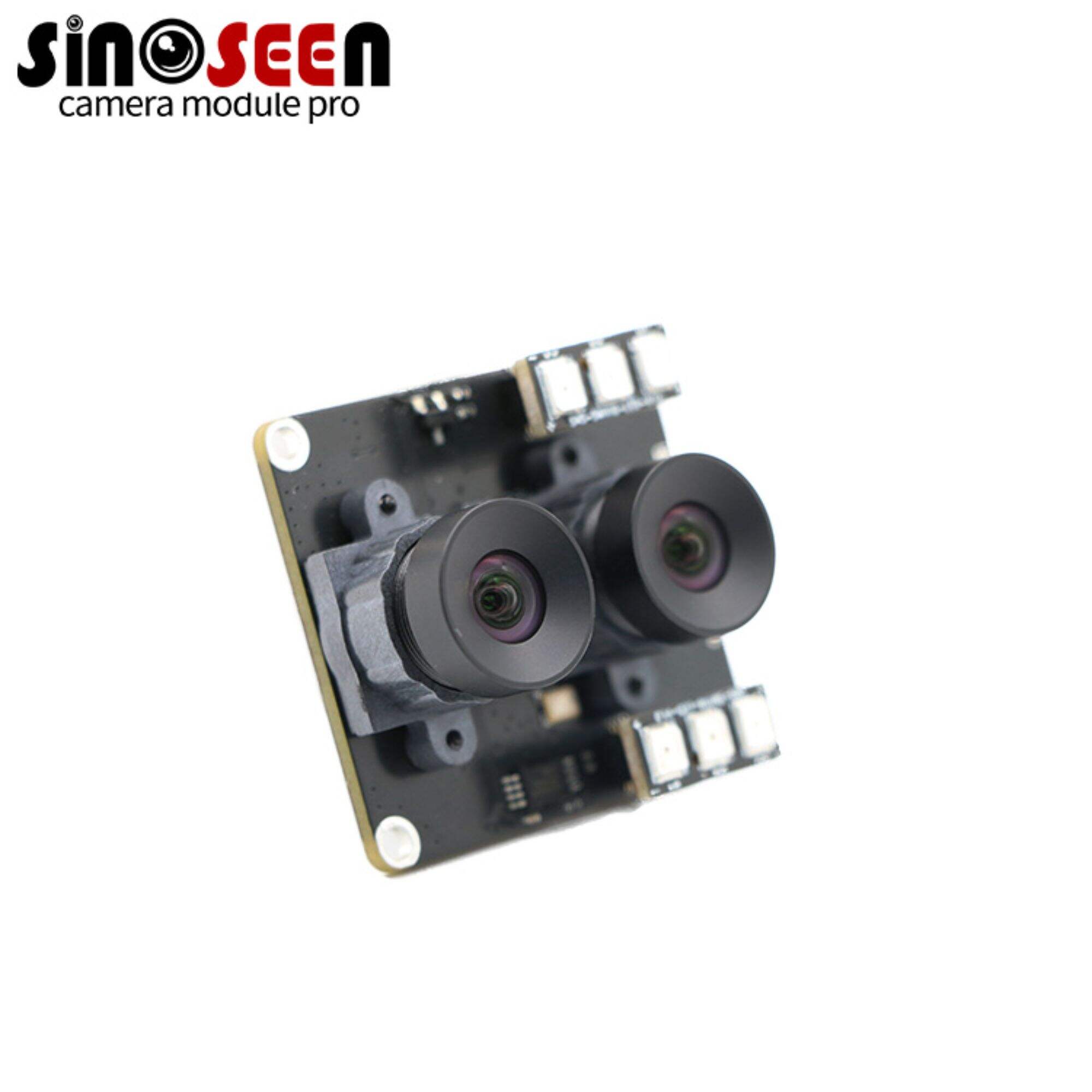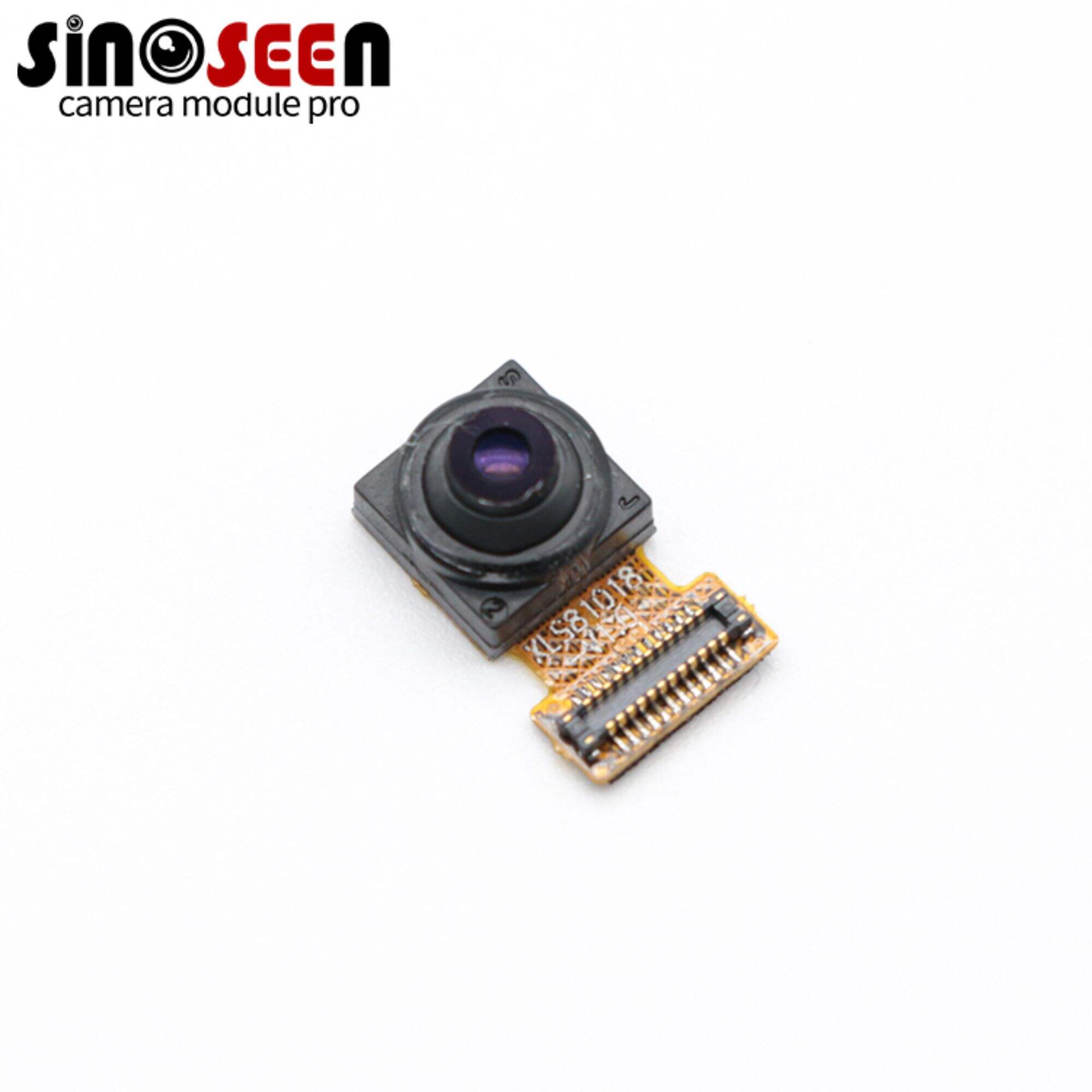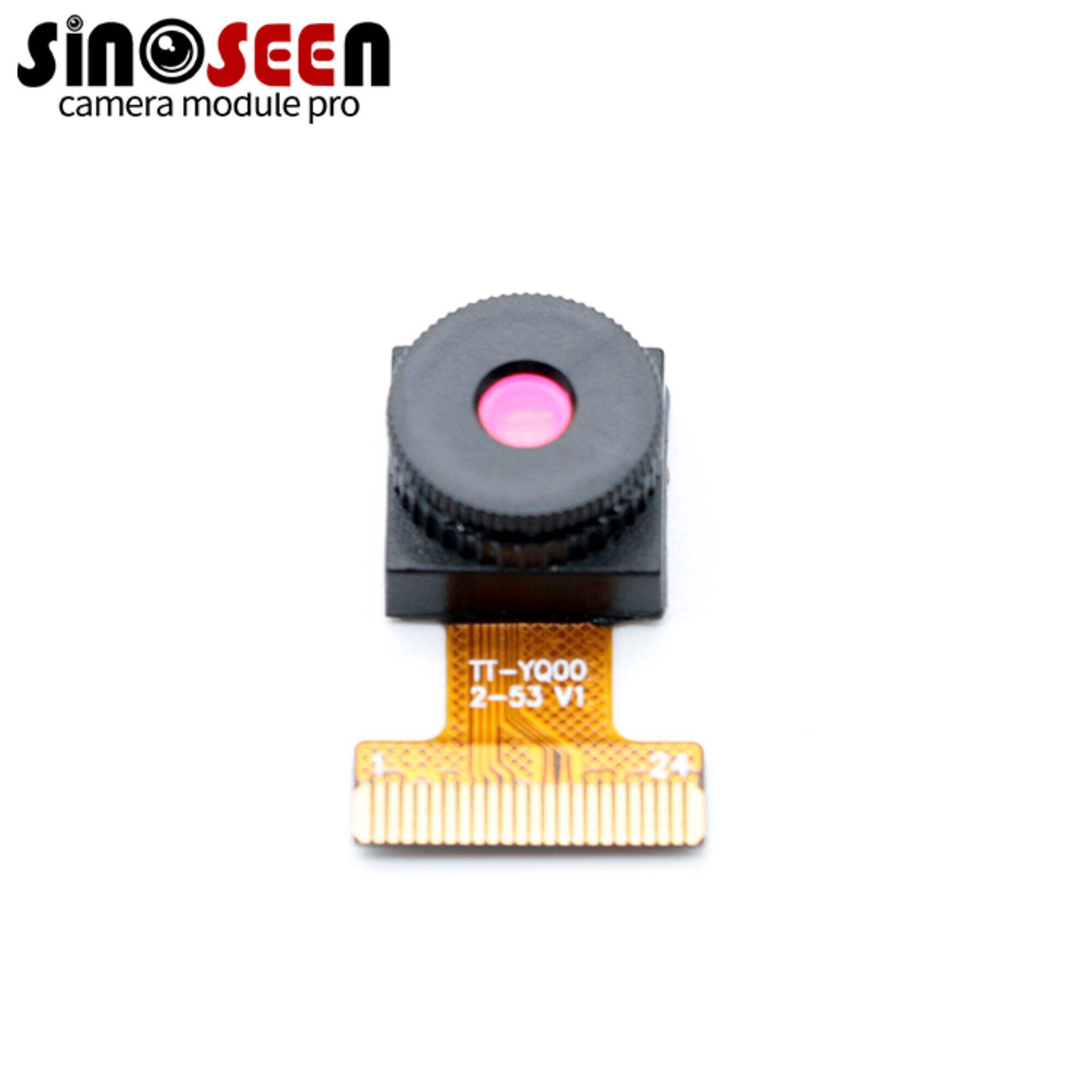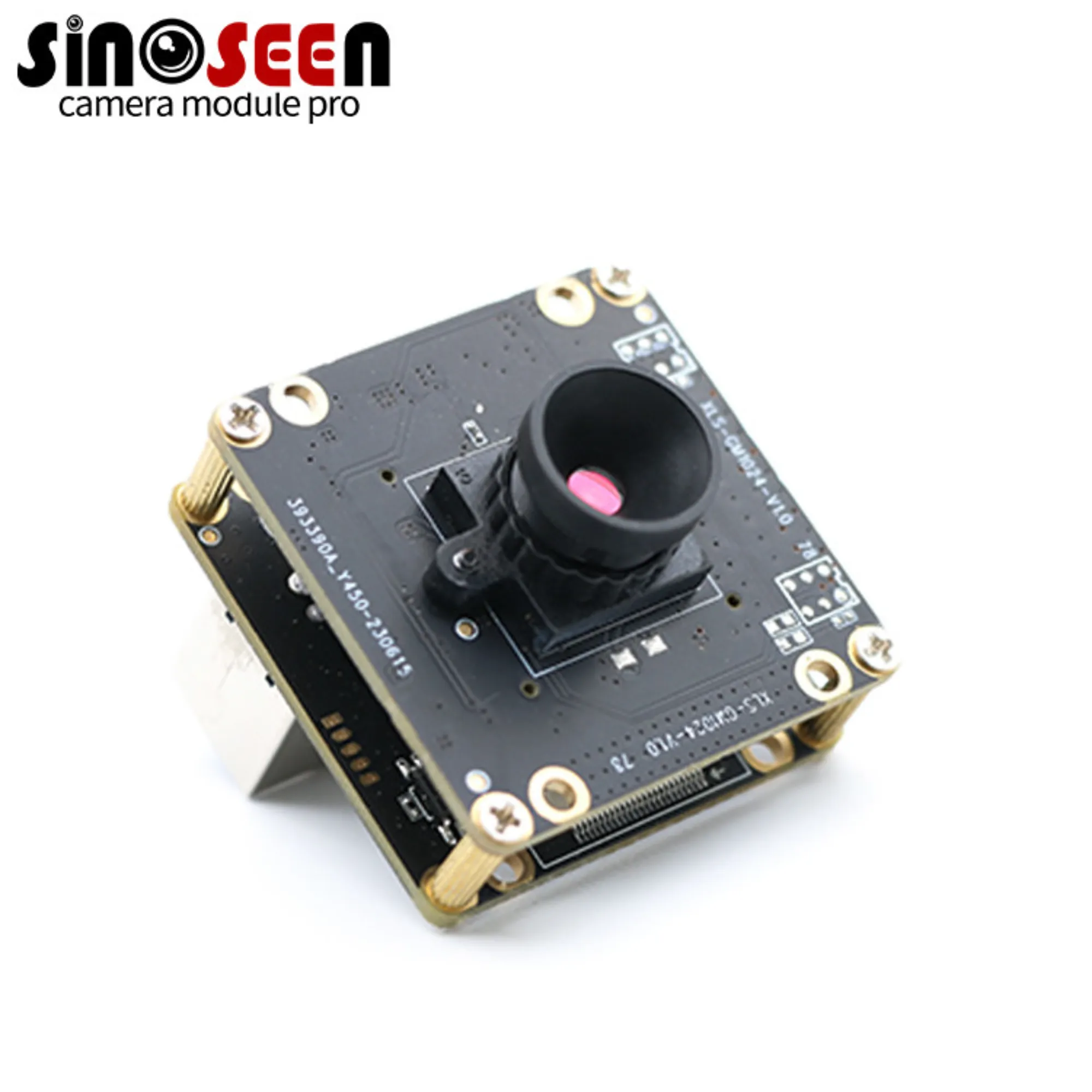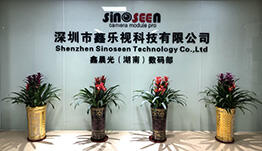Understanding MIPI Interface, Protocol, and Standards: A Comprehensive Guide
It has been proven that a lot of progress in development of mobile and electronic devices has been greatly facilitated by the development in connectivity standards. Of these, MIPI(Mobile Industry Processor Interface) technology can be noted as its contribution to the performance and efficiency of data communication between the components. This particular article intends to provide an in-depth knowledge of the MIPI interface, protocol, and standards and their significant role in the current era of electronics.
1.What is MIPI?
MIPI, or Mobile Industrial Processor Interface, is a set of standardized interfaces developed by the MIPI Alliance for connecting peripherals and sensors to embedded processors within mobile devices. The interface is designed to be low-power, high-speed and flexible, making it ideal for use in mobile devices such as smartphones and tablets. It is designed to facilitate high-speed data transfer between mobile devices and electronic device components.The MIPI Alliance was formed in 2003 by industry leaders to develop and promote open standards for interfaces in mobile and mobile-affected industries.
2.Understanding MIPI Interface
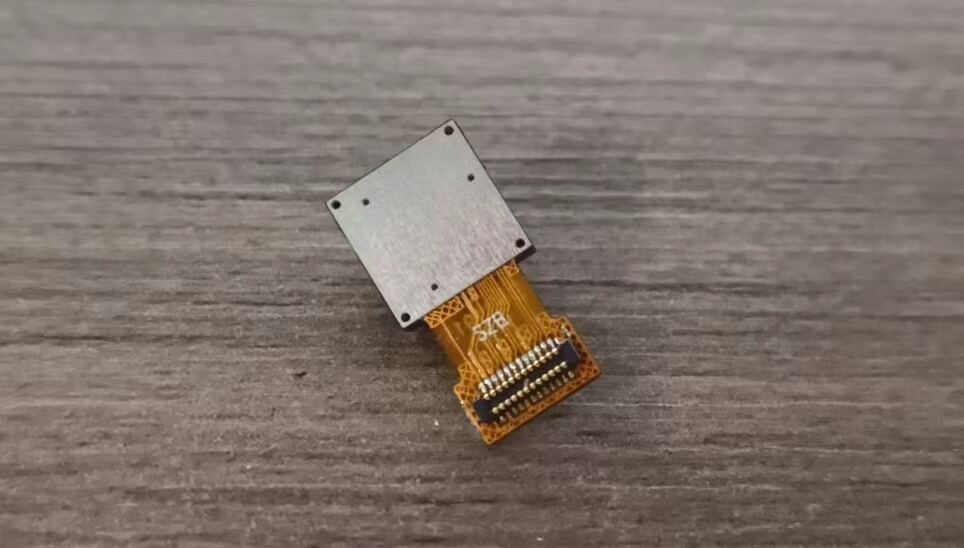
An interface in electronics is a shared boundary across which information is passed.There are many different types of MIPI interfaces, including MIPI-CSI2, MIPI D-PHY, MIPI C-PHY, MIPI M-PHY, and MIPI I3C. Each interface has a specific purpose and different characteristics in terms of data rate, power consumption, and physical layer implementation.
- MIPI CSI (Camera Serial Interface): Used for connecting camera sensors to processors, enabling high-speed transmission of image data.
- MIPI DSI (Display Serial Interface): Connects displays to processors, ensuring efficient communication and high-quality visual output.
- MIPI C-PHY and D-PHY: Physical layer interfaces for high-speed data transfer. C-PHY uses a three-phase encoding, while D-PHY employs a differential signaling method.
These interfaces are critical in smartphones, tablets, and other portable devices, where space and power efficiency are paramount.
2.1Exploring MIPI Protocol
mipi protocol govern the rules for data exchange. The mipi-protocol includes:
- MIPI CSI-2(mipi camera serial interface): A widely used mipi connector for camera connectivity, supporting high-resolution image sensors and video applications. It ensures low power consumption and efficient data transfer.
- MIPI DSI-2(mipi display serial interface): Designed for display interfaces, it supports high-definition screens and enhances the visual experience with low latency and high bandwidth.
The MIPI protocol ensures compatibility and interoperability between different components, allowing seamless communication and functionality.
2.2MIPI Standards
Standards are crucial for ensuring consistency and reliability. Key MIPI standards include:
- MIPI CSI-2: Defines the interface for cameras, supporting up to 8K resolution.
- MIPI DSI-2: Specifies the interface for displays, ensuring high refresh rates and low power consumption.
- MIPI I3C: A next-generation sensor interface, offering higher performance and power efficiency compared to I2C.
- MIPI UniPro: A versatile standard for interconnecting various subsystems within a device.
Adhering to these standards ensures devices can communicate effectively, leading to better performance and user experience.
2.3MIPI Architecture
The architecture of MIPI systems is designed to support efficient data transfer. Key components include:
- Controllers: Manage data flow between components.
- Physical Layers (PHY): Ensure reliable signal transmission.
- Protocol Layers: Govern the rules for data exchange.
This layered architecture enables high performance and robust communication between different parts of a device.
3.How does the mipi camera work?
Today, basically all smartphone devices are equipped with cameras. Even the cheapest smartphone models are equipped with embedded cameras. In this digital age of social media, mobile cameras are a must-have for all types of mobile users.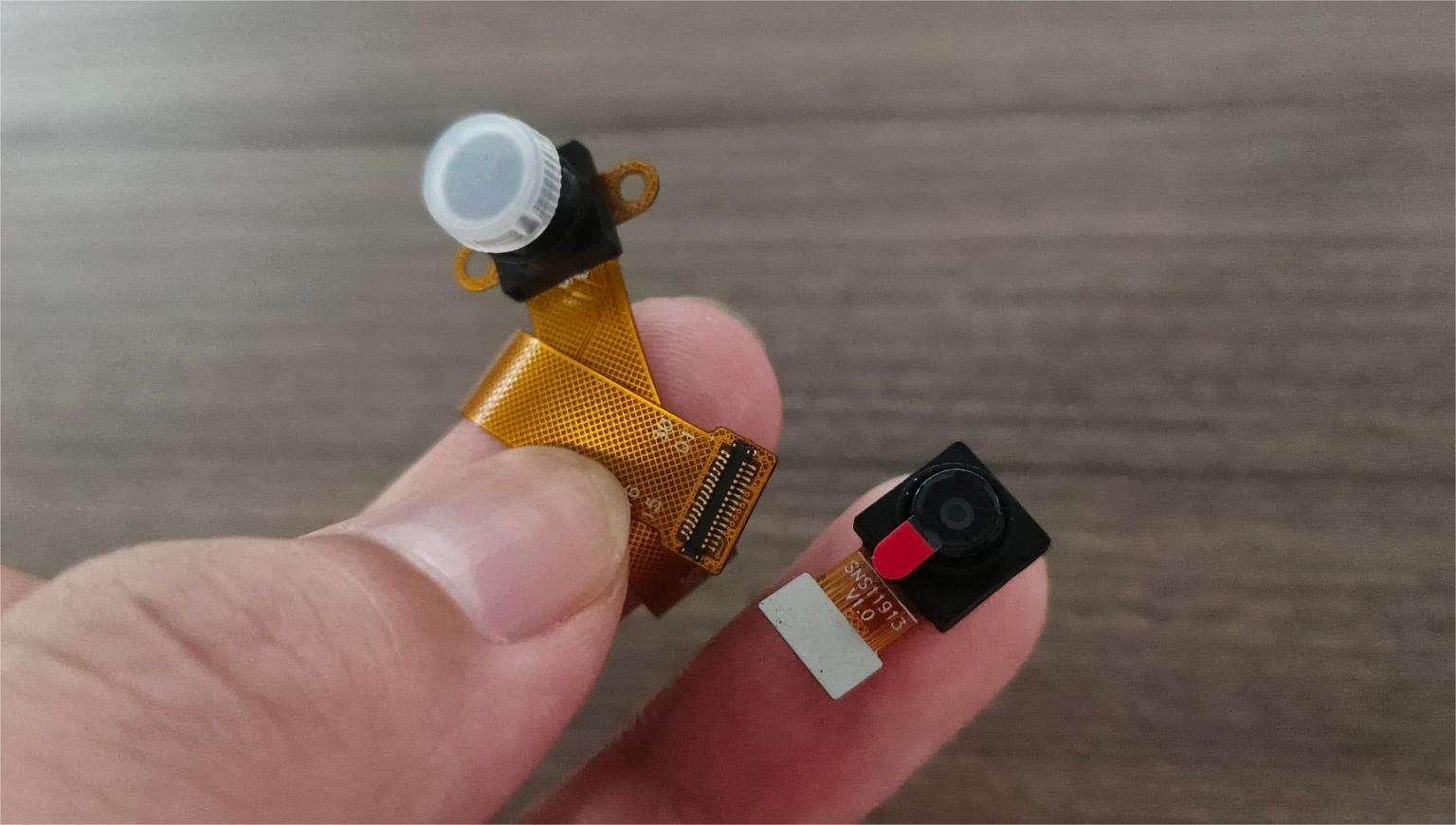
Camera sensors that support MIPI interface are known as MIPI cameras. These cameras are commonly found in smartphones, tablets, laptops and other portable devices.
An embedded vision system for mobile devices usually consists of the following components:
- Image sensor: This component involves capturing images and how it is digitized.
- MIPI interface: This interface essentially acts as the bridge between the camera sensor and host processor. MIPI is an interface which specifies the physical and protocol layers to be used for the transfer of digital images.
- Lens: From the outside to inside: through the Lens the external light is then processed by the IR Filter and then focused on the Sensor surface to generate an electrical signal from the light passing through the Lens; the signal is then digitized by the internal A/D.
Therefore, the mipi camera works as follows – an image is recorded with the help of the image sensor, the image is then transformed into the digital domain, and finally, the signal is sent to the processor through the MIPI interface. The processor later converts the digital image of the object and displays it on the screen.
4.Evolutionary history of mipi
4.1MIPI CSI-1
MIPI CSI-1 was the first version of the MIPI interface architecture which has specified the protocols for connection between the embedded camera and host processor.
Camera Serial Interface 1 (CSI-1)MIPI was a communication protocol that was used for transmitting camera sensor signals to an embedded processing platform in a handheld mobile computing device. This protocol was based on the physical and protocol layer specifications for camera interfaces provided by the MIPI Alliance for designing interconnects between camera sensor and embedded processor for transferring images from the camera sensor to the embedded processor.
The physical layer and protocol layer of the MIPI CSI-1 specification determined the electrical and signaling characteristics of the physical layer and the protocol and packet structure of the protocol layer, respectively. It was also used to transfer image data, control data, and other information between the camera and the host processor. MIPI CSI-1 employed a differential signaling method and was capable of providing data transfer rates of up to 1 Gbps.
MIPI CSI-1 protocol is a legacy protocol and is deprecated by its advanced successors like CSI-2 and CSI-3. While nearly obsolete, CSI-1 interface is still seen in some legacy systems.
4.2MIPI CSI-2
mipi csi-2 is the second generation of MIPI CSI interfaces also known as Camera Serial Interface. Similar to CSI-1 protocol, mipi csi-2 is also developed on the basis of MIPI Alliance framework and encompasses the physical and protocol layers for image data transport in mobile embedded vision systems.
At the moment, the mipi csi 2 interface is considered to be the mainstream solution for camera-processor connectivity in smartphones and tablets. As stated earlier MIPI CSI-2 is widely supported by camera sensors and embedded processor. CSI-2 protocol provides better functional and additional characteristics as compared to the original CSI-1 protocol. mipi csi 2 is another interface standard that has been developed for the purpose of providing high transfer rates over the more common serial link and utilizes differential signaling in a manner similar to mipi csi 1 while offering data rates up to 3 . 5 Gbps.
The first version of the MIPI csi2 was released in 2005 and consisted of the following protocol layers:
- Physical layer
- Lane merger layer
- Low-level protocol layer
- Pixel-to-byte conversion layer
- Application layer
2017 saw the second version of MIPI CSI-2 released. This version featured RAW-16 and RAW-20 color depths, 32 virtual channels, and LRTE (low latency reduction and transport efficiency). A third version of the csi2 protocol released in 2019 includes the RAW-24 color depth in CSI-2.
The main part consists of the MIPI CSI-2 standard, and CSI-2E and CSI-2E are considered as extensions of MIPI CSI-2. These extensions are useful for providing additional support for higher data rates, longer cables, improved error control, etc.
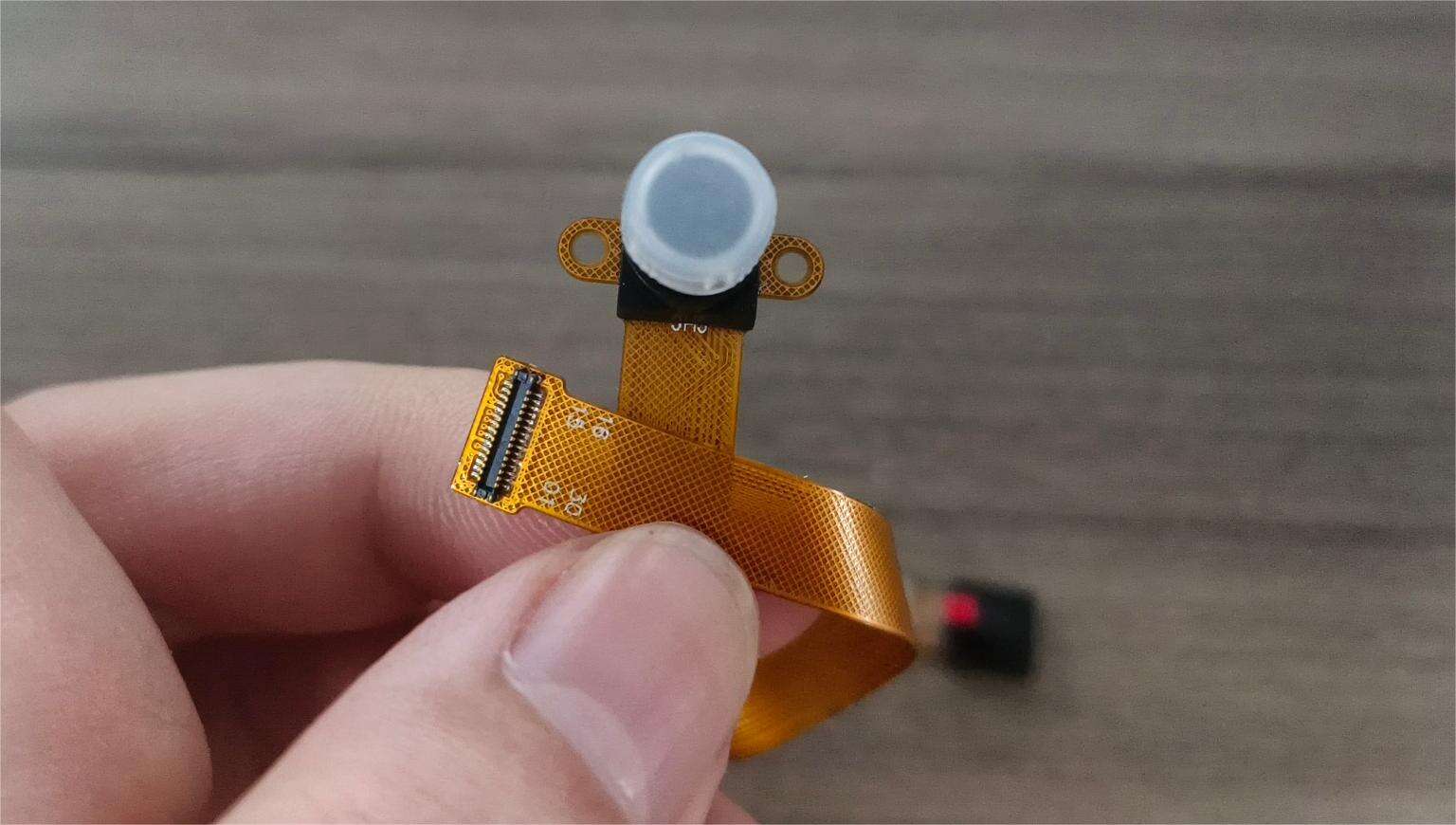
As MIPI CSI-2 is commonly used and has a high-performance area, MIPI CSI-2 applies to the Autonomous Vehicles, Drone, Smart Connected Cities, Biomedical Imaging, and Robotics.
5.Advantages of using the mipi interface as a connector interface for cameras
The usb camera and the mipi camera are two types of camera sensors that are currently widely used in mobile devices and embedded vision systems
There are several reasons to use mipi cameras for mobile devices and embedded vision systems rather than usb cameras:
- Ecosystem: MIPI Alliance has a very vibrant community of image sensors, lens among other components that are compatible and best suited for MIPI camera for easy development of systems based on MIPI cameras.
- Size and form factor: MIPI cameras are physically smaller and slimmer than USB cameras which is better for integration in small, slim devices.
- Flexibility: Flexibility: mipi camera are compatible with many types of processors and image sensors, unlike USB cameras.
- Data rate: The mipi camera can stream the image data at much higher data rates than the USB cameras and hence would be useful for high resolution and high frame rate applications.
- Power consumption: csi camera are very energy efficient therefore, they can be used in hand held devices or devices that operate on batteries.
6.Future Trends in MIPI Technology
The future of mipi technology is promising, with trends including:
- AI Integration: Enhancing device capabilities with artificial intelligence for improved functionality.
- Higher Bandwidth Interfaces: Supporting 8K video and beyond.
- Greater Energy Efficiency: Reducing power consumption for longer battery life.
These advancements will continue to drive innovation in the electronics industry.
All in all,MIPI technology has revolutionized the connectivity within electronic devices, providing efficient, high-speed data transfer while maintaining power efficiency. Understanding MIPI interfaces, protocols, and standards is crucial for anyone involved in the development of modern electronics. As technology evolves, MIPI will remain at the forefront, driving new possibilities and improvements in device performance.
FAQ:
What is the difference between MIPI C-PHY and D-PHY?
MIPI C-PHY uses a three-phase encoding scheme to transmit data, offering higher bandwidth with fewer pins. MIPI D-PHY uses differential signaling, which is simpler but may require more pins for higher data rates.
How to implement MIPI interfaces in new designs?
Implementing MIPI interfaces involves selecting the appropriate MIPI specifications, integrating compatible components, and ensuring compliance with MIPI standards for optimal performance and interoperability.

 EN
EN
 AR
AR
 DA
DA
 NL
NL
 FI
FI
 FR
FR
 DE
DE
 EL
EL
 HI
HI
 IT
IT
 JA
JA
 KO
KO
 NO
NO
 PL
PL
 PT
PT
 RO
RO
 RU
RU
 ES
ES
 SV
SV
 TL
TL
 IW
IW
 ID
ID
 SR
SR
 VI
VI
 HU
HU
 TH
TH
 TR
TR
 FA
FA
 MS
MS
 IS
IS
 AZ
AZ
 UR
UR
 BN
BN
 HA
HA
 LO
LO
 MR
MR
 MN
MN
 PA
PA
 MY
MY
 SD
SD

